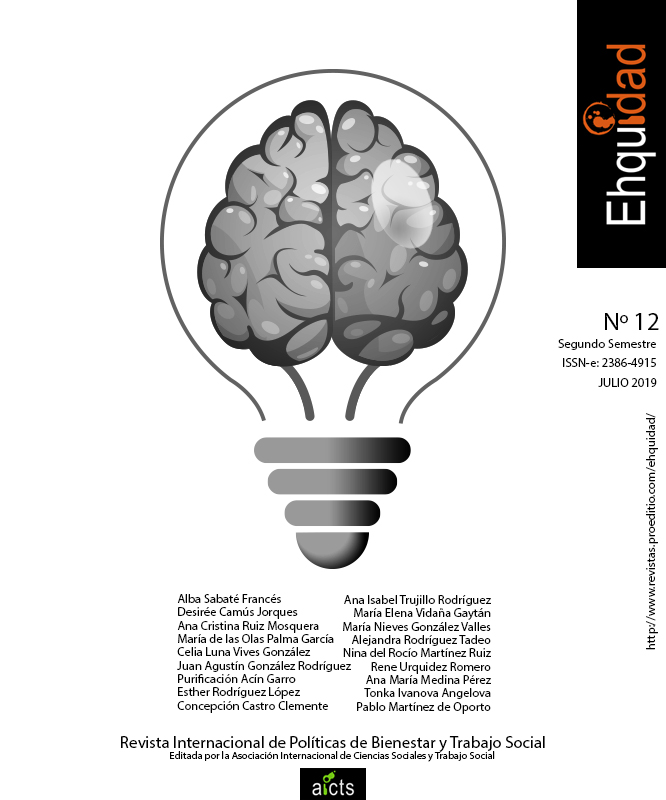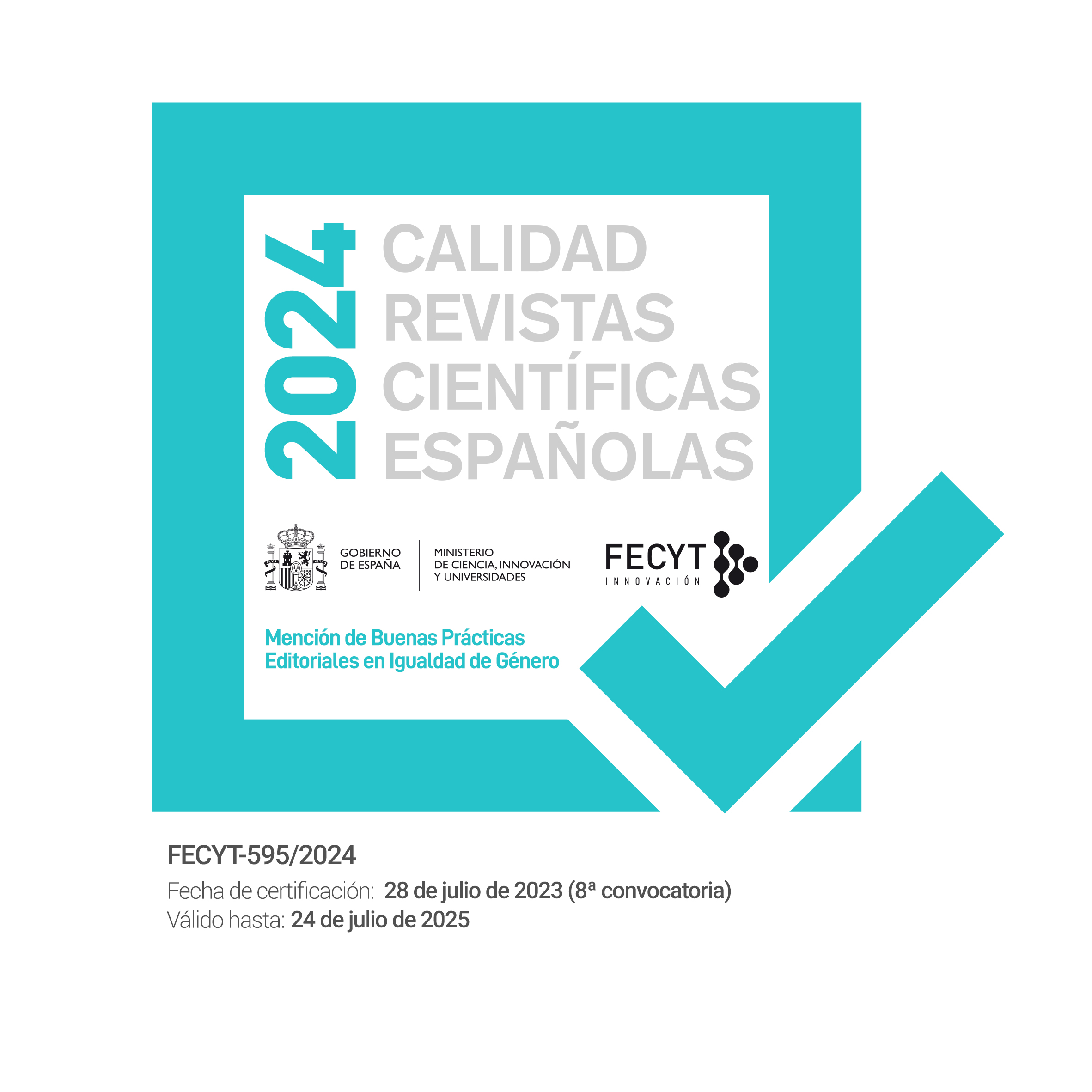Quality of life of the elderly homeless, nursing homes in Ciudad Juárez Chihuahua, México
DOI:
https://doi.org/10.15257/ehquidad.2019.0014Keywords:
Quality of Life, Elderly Homeless, Sarcopenia, Nutritional Status, Nursing HomesAbstract
This research was conducted by a multidisciplinary group ofCiudad JuarezChihuahuaandMeridaYucatanMexico. It is about the nutritional status, sarcopenia and quality life of 21 elderlys homeless living in distress and in nursing homes with ages ranging between 60 and 82 years old, and living in Casa Hogar Principe de paz, in Ciudad Juarez, Chihuahua. A questionnaire packet were used to measure their psysical, cognitive and psychosocial conditions. A quantitative approach was used, with cross-sectional design. To collect data the following instruments were used: sociodemographic questionnaire, the quality life scale of the World Health Organization Quality of life-Old (WHOQOL-OLD) Mini Nutritional Evaluation (MNA), European Group of work on Sarcopenia in the Elderly (EWGOP) and the index Katz of independence activities of daily life. According to the results the elderly homeless refers how they perceived the global quality of life; additionally, their nutritional status and the progress degree of the syndrome carachterized by a gradual and generalized loss of skeletal muscle mass and stenght (Sarcopenia) are present in 60%. Also the results refers that 67% of elderlys homeless are at malnutrition risk. Finally, it is concluded that the elderly homeless perceived their global quality of life as regular.
Downloads
References
Aponte-Daza, V. (2015). Calidad de Vida en la Tercera Edad. Ajayu. Órgano de Difusión Científica del Departamento de Psicología de la Universidad Católica Boliviana, San Pablo, 13(2),152-182.
Asociación Americana de Psicología. (APA, 2010). Diccionario conciso de Psicología. México: Manual Moderno.
Baumgartner, R. N., Koehler, K. M., Gallagher, D., Romero, L., Heymsfield, S. B., Ross, R. R., … y Lindeman, R. D. (1998). Epidemiology of Sarcopenia among the Elderly in New Mexico. American Journal of Epidemiology, 147(8), 755–763.
Consejo Nacional de la Población. (CONAPO, 2012). Proyecciones de la Población de México 2010-2050. México: D.F. Consultado en línea https://www.gob.mx/cms/uploads/attachment/file/63977/Documento_Metodologico_Proyecciones_Mexico_2010_2050.pdf
Cruz-Jentoft, A., Baeyens, J., Bauer, J., Boirie, Y., Cederholm, T., Landi, F., … y Zamboni, M. (2010). Sarcopenia: European consensus on definition and diagnosis. Age and Ageing, 39(4), 412–423.
Flores-Padilla, L., Trejo-Franco, J., y Rodríguez-Tadeo, A. (2010). Transición demográfica y epidemiológica del adulto mayor en Chihuahua, México. En Estudio de los 1000. Salud y nutrición del adulto mayor chihuahuense. (P.47) Ciudad Juárez, Chihuahua: UACJ.
Janssen, I., Shepard, D., Katzmarzyk, P., & Roubenoff, R. (2004). The healthcare costs of sarcopenia in the United States. Journal of the American Geriatrics Society, 52(1), 80–85.
Katz, S., Ford, A., Moskowitz, R., Jackson, B., & Jaffe, M. (1963). Studies of illness in the aged: The index of adl: a standardized measure of biological and psychosocial function. JAMA, 185(12), 914–919.
United Nations, Department of Economic and Social Affairs, Population Division (2017). World Population Prospects: The 2017 Revision, Key Findings and Advance Tables. Working Paper No. ESA/P/WP/248
Vargas, Palavicino, I. (2014). Calidad de vida relacionada con salud y redes de apoyo social en adultos chilenos. La Rioja: Universidad de la Rioja. España Recuperado de: www.redalyc.org/pdf/448/44839779006.pdf
Vázquez-Guzmán, D. (2012). A comparative study of well-being for elders in Mexico and England. Estudios Regionales en Economía, Población y Desarrollo. Cuadernos de Trabajo de la UACJ, 9.
Vellas, B., Guigoz, Y., Garry, P. J., Nourhashemi, F., Bennahum, D., Lauque, S., & Albarede, J. L. (1999). The Mini Nutritional Assessment (MNA) and its use in grading the nutritional state of elderly patients. Nutrition, 15(2), 116–22.
Watanabe, B.Y.A. (2014). Satisfacción por la vida y teoría homeostática del bienestar. Psicología y Salud, 15(1), 121-126.
WHOQOL Group. (1988) The Word Health Organization Quality of life Assessment (WHOQOL): Development and general psychometric properties. Soc Sci Med, 46, 1403.












